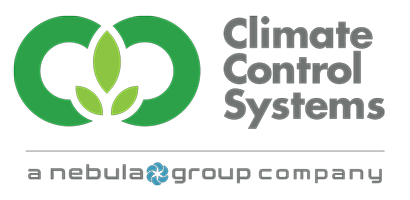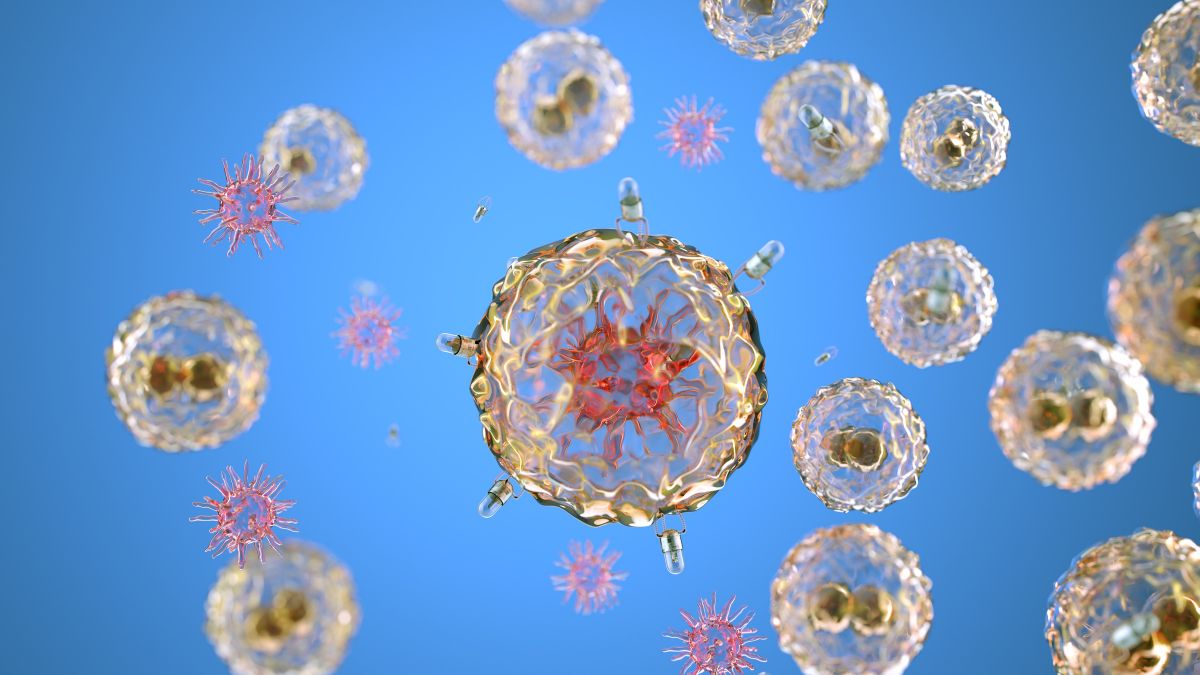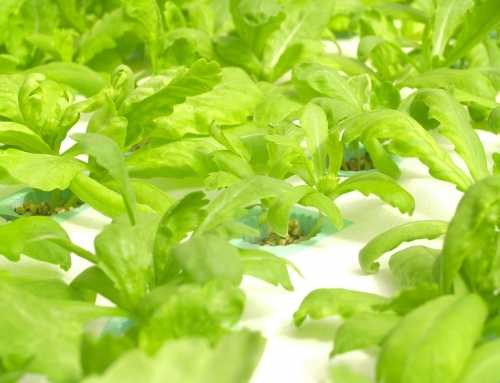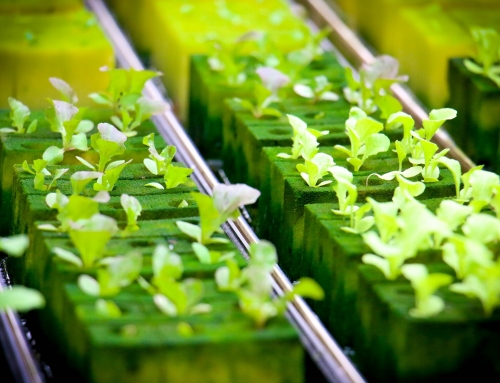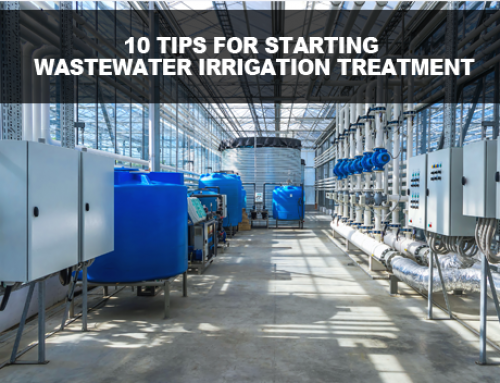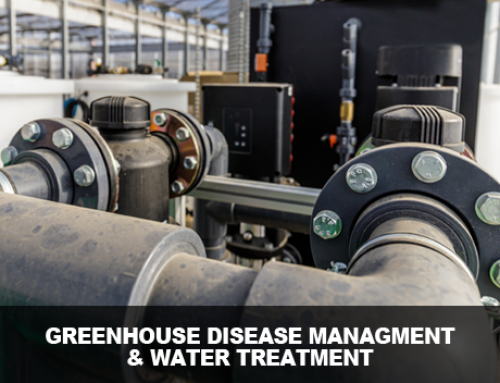Agriculture has always been a vital aspect of our economy, providing food and a significant source of revenue. One byproduct of agriculture is leachate, a toxic liquid created by the decomposition of organic matter. Leachate in agricultural settings is an environmental hazard as it contains high levels of ammonia, nitrogen and other harmful substances. Thus, it’s crucial to have an efficient and effective leachate treatment process.
Many traditional leachate treatment methods involve using ultraviolet (UV) radiation. However, there is a new contender in town – ozone treatment in agricultural settings with nano-bubbles. Here, we explore the benefits of ozone treatment with nano-bubbles compared to UV technology.
What is Ozone Treatment?
Ozone is a form of oxygen, consisting of three oxygen atoms, formed by electrical discharges. Ozone treatment is the process by which ozone is injected into wastewater, which gets then thoroughly mixed with the leachate, forming ozone bubbles. Introducing ozone to leachate initiates a chemical reaction process that breaks down hazardous organic materials and pathogens.
Why is Ozone Better Than UV for Treating Leachate?
Nano-bubble technology, a means of creating tiny bubbles, is used alongside ozone for efficient and effective treatment of leachate. Nano-bubbles have a diameter of less than 100 nanometers and provide a larger bubble surface area and slower rising speed than conventional bubbles. This results in better and more uniform mixing, further facilitating the reaction between ozone and leachate.
On the other hand, UV technology is primarily suitable for wastewater treatment where the water quality is relatively good. Wastewater that contains solids and other particles can significantly influence the effectiveness of UV treatment. Consequently, water needs to undergo a thorough purification process to eliminate these solids that could mislead the UV sensors, rendering the UV treatment process ineffective.
Additionally, because UV technology relies on light penetration to trigger the chemical reaction that kills the bacteria and microorganisms, any wastewater that is highly turbid or carries sediments could significantly reduce the quality of the UV oxidation as these substances prevent optimal light penetration.
Conversely, the process of ozone with nano-bubbles is highly effective in turbid waters even where there is a high concentration of solids due to effective mixing, and interaction of both materials. Thus, making it highly effective in treating agricultural water containing high levels of organic matter, suspended solids or other difficult compounds.
Final Thoughts
The ozone treatment with nano-bubbles offers several benefits, including cost-effectiveness, efficiency, and effectiveness, over traditional UV treatment methods. As the demand for agricultural water continues to grow, it’s essential to adopt sustainable, efficient, and effective leachate treatment strategies that are safe and friendly to the environment. Ozone treatment technology offers an excellent solution for treating leachate in agricultural contexts suited to close the gap between water demand and water supply.
